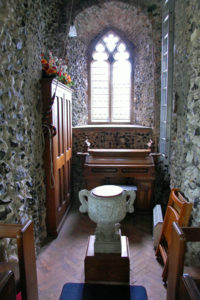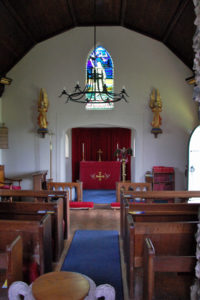Keswick All Saints































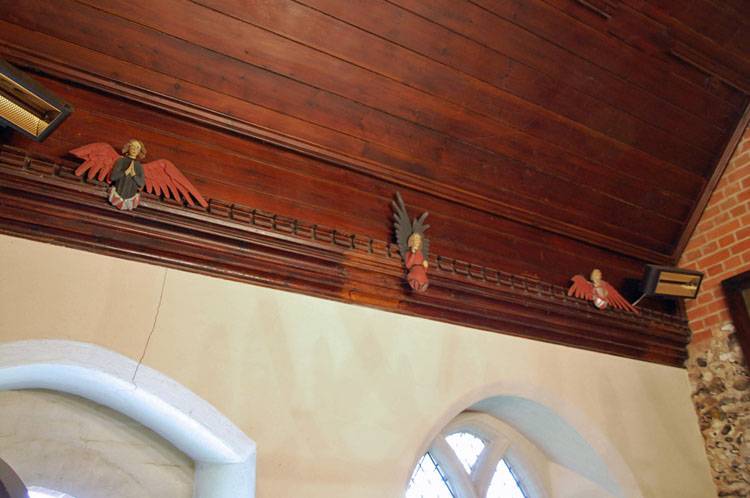















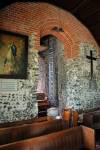




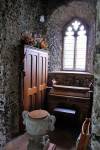







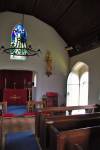

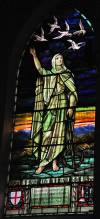



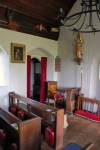



All Saints Church Keswick
Where to find this church
Church Information
All Saints church is located in Keswick, a Norfolk village close to the southern outskirts of the City of Norwich and to Intwood All Saints, another Round Tower Church.
Information how to obtain a key are displayed
* denotes external links that open in a new window

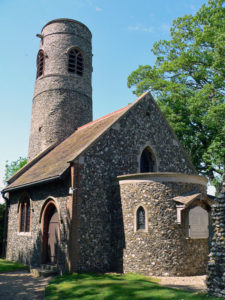
Visiting Keswick All Saints
Keswick All Saints is – like neighbouring Intwood All Saints – usually locked, and no information how to obtain a key are shown. Thus, I had to contact the parish to arrange a date on which someone unlocked the church for us. And after the three of us had entered the church, it felt already a bit crowded.
Only the tower, much of the chancel’s east wall and bits of its north and south walls survive. Keswick and Intwood were united as one Parish by a Deed of Consolidation in 1598. Intwood had been used as a sheep cote, and about 1600 the Lord of the Manor decided to ruinate Keswick Church, and to use its materials to repair Intwood Church. In 1891 the owner of the land gave Keswick churchyard back to the Rector. Two years later the tower was restored and a small nave was built onto it to act as a mortuary chapel. In 1934 church services were officially authorised, and in 1964 the small curved apse was added to the east wall of the chapel to provide additional space for the altar.
The fabric of the tower consists of knapped flint, which came into use in the 14th century. Its belfry openings have stone hood moulds and brick frames, with only the east one still having medieval bricks. These openings rest on a double string course of medieval brick. There are also string courses, (circles of stone), below the parapet and a bit lower than the belfry, and one ground floor west window of the 14th century style. The nave has red brick quoins and frames, and is only 14 feet long and 18 feet wide. The remaining chancel walls could date back to the 11th century, with the east quoins formed from flint. It was intended that the apse should be built from the flints in the chancel walls, but the 11th century mortar proved too hard to demolish!
The internal tower arch and the gable are made of modern brick, as that area was largely rebuilt in 1893. Uncovered flints are visible in the lower half of the west nave wall and the interior of the tower. It can be seen there that the east rebuilt-wall is largely made of black cut-flints, whereas the west half is formed of whole flints. The font, standing below the tower arch, was given in 1934, and is shaped like a goblet with two handles! There are only four pews each side, and the front ones fold down to allow more space to turn coffins round. There are painted angels, perhaps 15th century, some with outspread wings, some with vertical wings, on the wall plates, and two large gilded angels stand on brackets on the east nave wall. The east window, above the arch to the apse, has glass by William Morris, 1922, depicting the figure of “Hope”.
Conclusion: partly ruined church with the smallest nave of all Round Tower Churches
